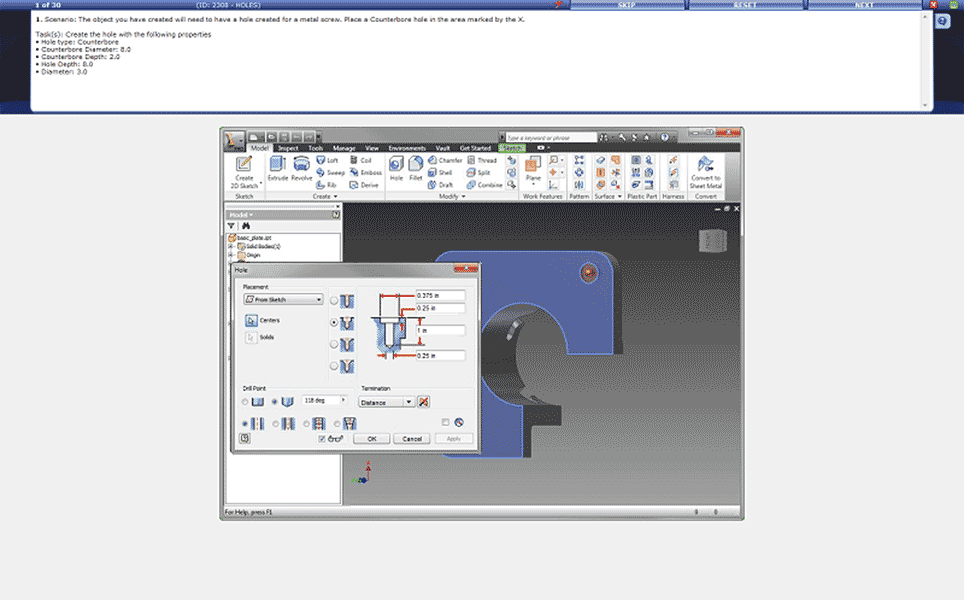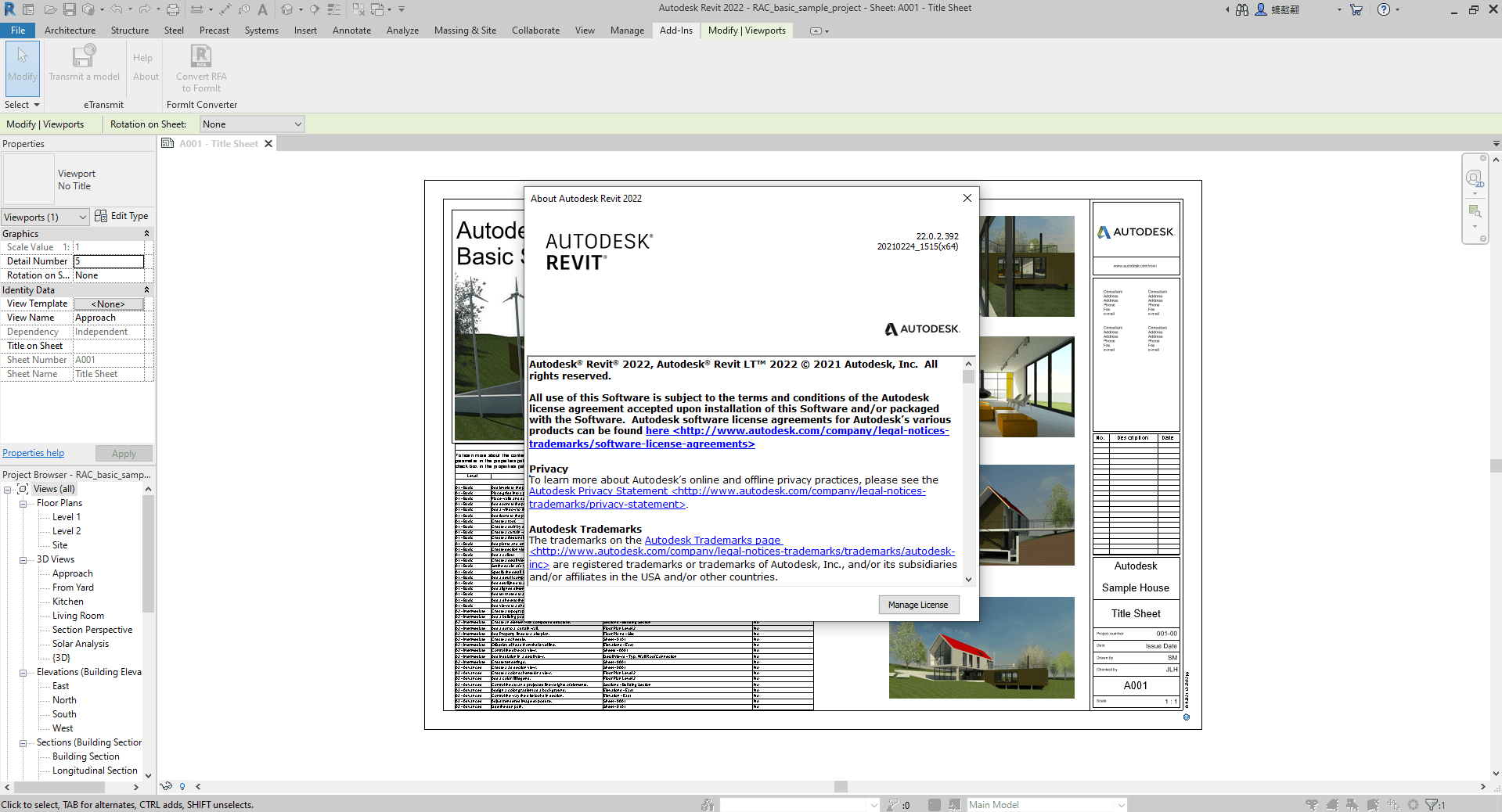


We’re excited to continue on this path, building deeper connections between our solutions and third party tools, so that our customers have truly connected workflows for collaboration.”Īcross tools, we continue to integrate open standards that accelerate and streamline the flow of data between people, teams, and software at studios. “That’s why we’ve focused our development efforts on integrating open standards like USD, LookdevX, and OCIO across our tools. It’s a top priority for us at Autodesk to help connect their workflows, so they can work nimbly and efficiently across teams and projects,” said Diana Colella, senior vice president, Autodesk Media & Entertainment. “Whether they’re working on the next big blockbuster, streaming content, or games, our customers use a lot of different tools to get productions out the door. On top of that, we’re collaborating with Adobe to build a material standard, and with Microsoft to unveil a beta version of AI-powered Maya Assist. They also boost performance with support for Apple Silicon. U pdates to our media and entertainment portfolio, including Autodesk Maya, 3ds Max, Bifrost, and Arnold, further open standards and bolster artist- driven animation, modeling, and simulation workflows. We have our eyes on streamlin ing post – production and game s pipelines. As the need for truly immersive content grow s, we’re committed to unlock ing new levels of collaboration, creativity, and efficiency for artists and studios. G lobal audiences expect amazing visual effects every time they watch TV, play a game, or explore the metaverse. It’s no secret that the creative bar continues to rise for VFX and animation studios.


 0 kommentar(er)
0 kommentar(er)
